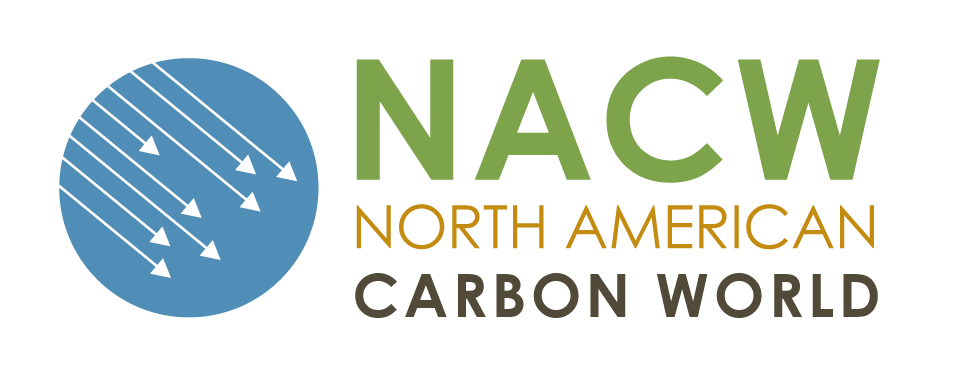Adoption of two new protocols expands the types of high quality offset credits issued in the US voluntary carbon market
SACRAMENTO, CA – The Climate Action Reserve Board of Directors unanimously adopted the Organic Waste Digestion (OWD) and Coal Mine Methane (CMM) Project Protocols and broadened the reach and diversity of offset projects that can be registered with the premier offsets registry. The two protocols provide financial incentives for implementing activities that help mitigate climate change and that go beyond usual business practices in the solid waste and coal mine sectors.
“With the adoption of the Organic Waste Digestion and Coal Mine Methane Project Protocols, the Climate Action Reserve now offers eight protocols for use in generating high quality offsets. In dealing with the urgent issue of climate change, we need credible, practical solutions that truly provide benefit to the environment. All of the Reserve protocols, including the two newest ones, provide comprehensive tools that allow us to work together in addressing climate change and generate immediate benefits to the environment,” said Linda Adams, Chair of the Climate Action Reserve Board of Directors and Secretary of the California Environmental Protection Agency.
Food waste decomposes rapidly in landfills and is a major source of methane emissions, which are over 21 times more potent to the atmosphere than carbon dioxide. Currently, less than three percent of food waste in the U.S. is diverted. The OWD Project Protocol is the nation’s first protocol to incentivize the diversion of food waste from landfills. It provides a standardized approach for quantifying, monitoring and verifying greenhouse gas (GHG) reductions from organic waste diversion projects. Instead of organic waste being buried in landfills, where it will produce and emit methane, it is diverted into anaerobic digesters. The protocol also allows for the capture and destruction of methane at industrial wastewater treatment facilities.
“Diverting food scraps from landfills to anaerobic digesters not only directly reduces potent greenhouse gases, but also provides clean fuels and renewable energy to help the state meet its climate goals,” said Nick Lapis, Policy Associate, Californians Against Waste.
Coal mining is another source of methane. The amount of methane emitted from underground mines is not proportionate to production; it is estimated that underground mines account for over 60 percent of total methane emissions from coal mining. The CMM Project Protocol provides a standardized approach for quantifying, monitoring and verifying GHG reductions from projects that destroy methane at active underground coal mines. This first version of the protocol covers ventilation air methane (VAM) projects and non-pipeline drainage projects. The protocol incentivizes coal mines to destroy or utilize coal mine methane that is currently removed from mines and vented into the atmosphere for safety reasons.





1 Comment